What to expect from the Burgundy 2022 vintage
What to expect from the Burgundy 2022 vintage
Battling with the unstable conditions of today’s shifting climate, extraordinary is certainly one word that can be used to describe Burgundy’s 2022 vintage.
Following a deliciously warm summer and moderately cool autumn, fortunately for lovers of Burgundy this year’s vintage does not disappoint. With a 75% uptick in volume in comparison with 2021, reported by the Vins de Bourgogne, the 2022 vintage shows us that Burgundy is back, and remains one of the top global regions for producing fine wine.
A couple of weeks ago our Head Buyer Stephane and CEO Gregory had the enviable task of heading out to Burgundy to meet first hand with some of our many producers. In true British fashion they proceeded to talk about the weather in length before sampling some of the upcoming releases. We report their findings below.
The Growing Season
Concerns for what the future holds for international viticulture remains somewhat dubious, as global vineyards feel the brunt of tempestuous weather conditions. For instance, in 2021 Burgundy experienced a devastating frost which resulted in the lowest production from across the region for 23 years. However, the 2022 vintage proves to us that where conditions have been unsteady, winemakers continue to adapt, showing us their resilience.
There was a silver lining found through the destruction that was caused from the year prior. The damaged vines bounced back with speed, leading to earlier flowering in May 2022, and therefore an even more abundant crop than usual. Later budbreak also meant that many vines avoided the usual April frosts which, even after the hailstorms in the South Mâconnais and North Côte Chalonnaise, saw vines remain relatively unscathed. This year there seemed to be a mixture of both luck and strength that benefited the crop during the bumpier periods.
During a predominantly warm and dry summer we saw two temperature peaks of 35-36°C in June and August. However, any risk of dehydration was minimised by a smattering of rainfall that occurred at the end of June, and was essential in ensuring the vines’ thirst was quenched. In turn this perfect balance of heat and rain, with little drought stress, contributed to the grapes’ overall ripeness, which took place fractionally later than usual.
“Budburst was later than in previous years, which helped somewhat to protect the vines from the April frost. Then, thanks to the alchemy between vines and terroir in the Bourgogne winegrowing region, they emerged unscathed from four periods of heatwave and a general lack of rainfall.” – BIVB Vintage Report
Comparatively, whilst 2022 saw a remarkably hot August, there was little concern as it still did not compare with the searing temperatures of 2003, 2019 and 2020. On the whole it appears that the 2022 growing season experienced fewer extremes than recent years, which the producers met with glee.
“The Largest Crop in 23 Years”
Even though there has been a remarkable increase in crop, yields have still remained at decent levels; averaging 40-50hl/ha for the reds, and 40hl/ha for the whites. It is generally believed that lower yields = better quality wines due to the concentration of higher quality grapes picked during harvest. 40-50 hectolitres per hectare is generally considered an excellent measurement, resulting in wines that are brimming with flavour and texture due to the more stringent selection of high-quality grapes during harvest. For contrast, using Domaine d’Arlot as a case study, their 2021 vintage saw yields of 19.5hl/ha, with 2022 doubling to 40hl/ha is a pertinent example of how 2022’s crop has increased tenfold. Producing over 65,000 bottles in the recent vintage, Domaine d’Arlot have seen an uptick from the 45,000 that are usually produced over a few years.

The Quality of the Wines
When Stephane and Gregory visited Burgundy they had the pleasure of trying wines from across both the Côte de Beaune and Côte de Nuits. In the Côte de Nuits the wines are described as dense, concentrated yet accessible, helped by well-integrated tannins. Moving over to the Côte de Beaune, and these bright wines also boast similar levels of density and flavour. However, comparatively in the Beaune, the tannins are generally more noticeable and add a rugged texture to the overall wine(s).
When choosing reds to purchase from this year’s vintage, it has also been suggested that the Côte Chalonnaise may present an exceptional quality/price ratio, with good value generally being noted across the entire spectrum of wines available.
Moving on to the whites and when Stephane sampled those from the Côte de Beaune he was charmed by the consistent yellow fruit and white flower aromas which featured throughout many of the wines, with the palate remaining concentrated, ripe and structured.
Accounting for 61% of the harvest, the 2022 Burgundian whites show much promise, with many experts touting the 2022 as better for whites than reds. The best terroirs have been highlighted on higher slopes, with the wines from Meursault Blagny providing an example of elevated grapes that have performed particularly well.
Speaking about the overall quality of the vintage, Charles Curtis of Decanter notes, “while the wines may lack the sheer power of the 2019 vintage, or the titanic concentration of the 2018, it should generally provide the elegance of the 2017 vintage with more ripeness and fruit – a delightful prospect indeed.”
With higher volumes and excellent overall quality across the region, 2022 promises to be an exciting year for collectors, investors and Burgundy drinkers.





